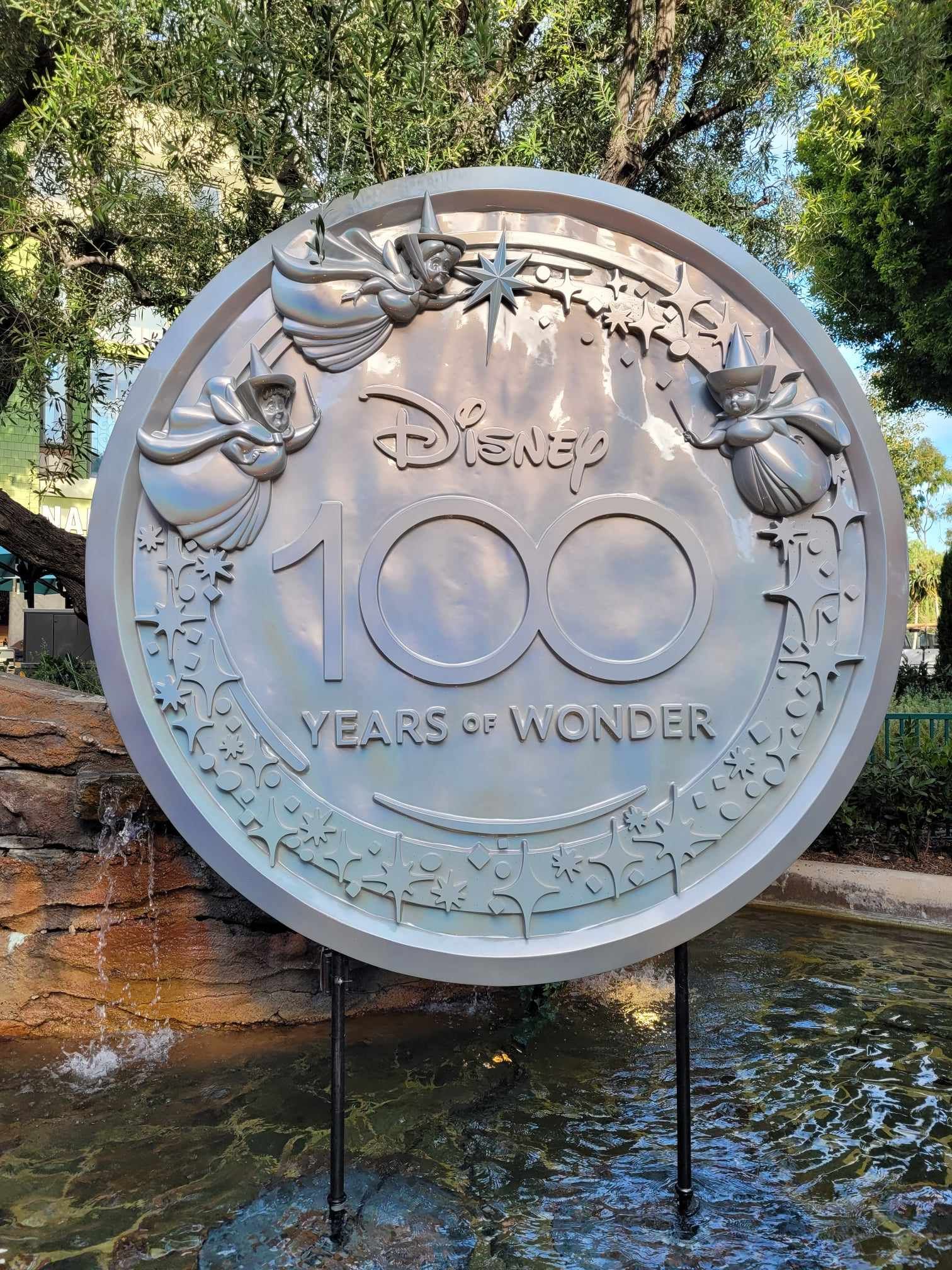Craig D. Barton is a creative consultant, editor, and writer, having written for and consulted on multiple Disney Editions books and various other projects. Besides being a self-described "DisNerd," Craig is an advocate for all arts, loves travel, movies, making his own eclectic music playlists, and, most of all, spending time with his family. Craig currently resides in Avondale, AZ with his lovely wife, quirky daughter, and neurotic yet lovable dog.
1937 -Anything But Follies
by Craig D. Barton
"The Walt Disney Company: 100 Years in 100 Weeks," is the brainchild of Craig D. Barton, presenting weekly posts on the history of the Walt Disney Company. Each post will cover a specific year in Disney's history, featuring essays, shared articles, guest authors, and yearly timelines, all leading up to the company's 100th Anniversary on October 16, 2023. Previous posts in the series can be viewed here..
Leading up to 1937, The Walt Disney Company had some pretty monumental years and moments of significance. The founding of the Disney Brothers Cartoon Studio in ’23. The creation of Oswald the Lucky Rabbit in ’27. The subsequent loss of Oswald and creation of Mickey Mouse in ’28. Technicolor vegetation in ’32. Depression era pigs in ’33. With the studio racing to complete work on Snow White and the Seven Dwarfs in time for a year-end premiere, it became apparent that 1937 would shape up to be another pivotal year for Walt Disney and his studios. But it wasn’t Snow White alone that would make it a year to remember.
1937 saw huge progress for The Walt Disney Studio on multiple… planes. (Please forgive me, I never pass up an opportunity for a good dad joke. But I digress….)
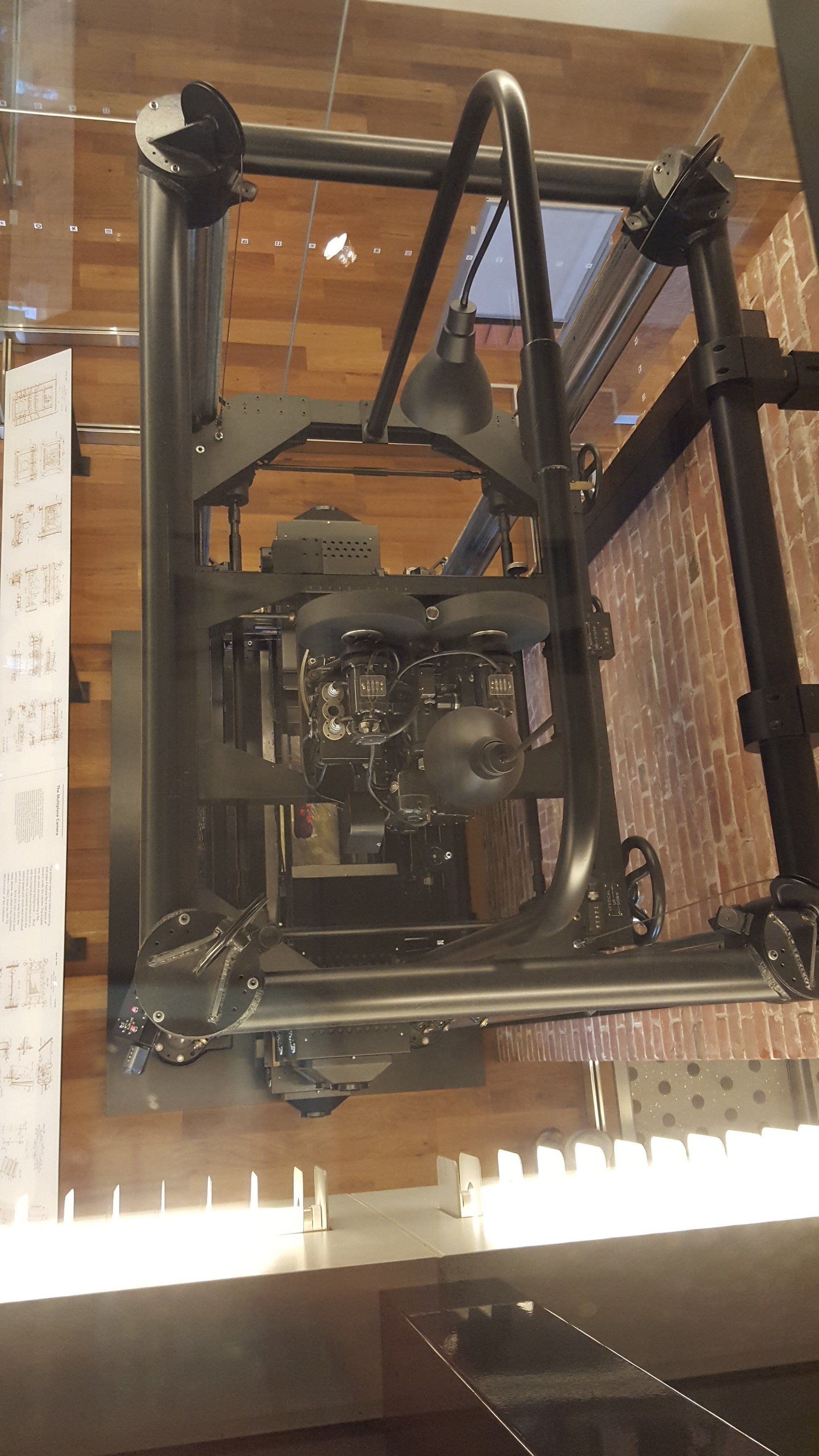
The Multiplane Camera - A View from the Top, as seen on display at the Walt Disney Family Museum - Photo by Craig D. Barton
One issue Walt discovered in animation was a two-dimensional “flatness” that cartoons produced. While size and scale could be used to convey distance, animated backgrounds still lacked a certain depth to them that hand drawn figures on a background could not properly show. The answer was found in the form of a multiplane camera, developed by William Garity for the Walt Disney Studios. Just as it sounds, multiple levels allowed for a camera to move past animation frames, giving the viewer a feeling of truly moving through the scenery. The first use of the multiplane camera was seen in the Silly Symphony “The Old Mill,” both beginning and ending with fades in and out of said mill, giving a beauty and dimension not yet seen in previous animated works. A beauty that, combined with Leigh Harline’s beautiful score and masterful animation of various animals housed within the mill during a fierce storm, earned it that year’s Oscar for best animated short subject.
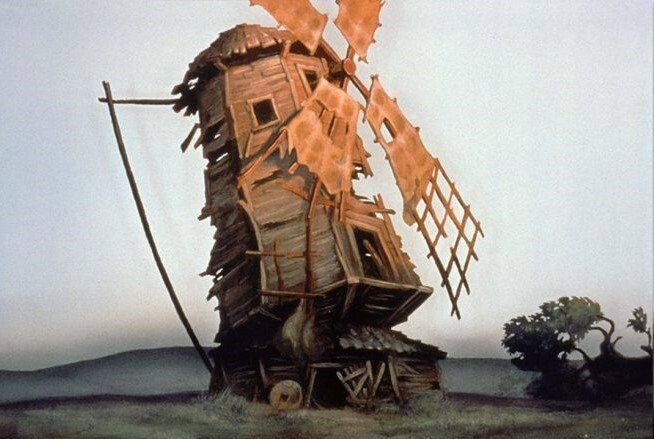
The Old Mill ©The Walt Disney Company
Speaking of short subjects, Mickey Mouse was running as strong as ever, finding new adventures and strength in numbers by teaming up with Goofy and Donald Duck. Shorts such as “Clock Cleaners” and “Lonesome Ghosts” delighted audiences with the anthropomorphic escapades of these three friends, and continue to do so today, proving the lasting powers of mice, ducks, and dogs.
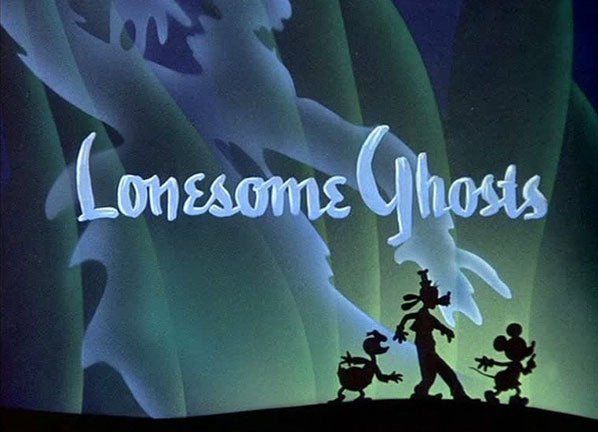
As delighted as many were with these animated shorts, there was still a lingering critical doubt about whether Snow White would be a success or a studio-sinking failure. Though loud whispers of “Disney’s Folly” continued to linger in the air, Walt found comfort in words from friends and industry peers at the same time. United Artists’ Hal Horne, who had given Walt encouragement on the release of “The Three Little Pigs,” had more sage advice. According to biographer Bob Thomas, when Walt told Horne of the bemoaning of naysayers, he told him, “Keep them wondering. Let ‘em call it ‘Disney’s Folly’ or any other damn thing, as long as they keep talking about it. That picture is going to pay off, the more suspense you build up, the more it’ll pay off.” W.G. Van Schmus, manager of Radio City Music Hall, was so encouraged by the work being done on the feature, he booked it for the hall, finished product unseen.
With time running out and production winding down, the budget, once projected by Walt to be a quarter of a million dollars, had grown to over $1.5 million. It could have cost even more if Roy had not finally put his foot down at the end. According to Bob Thomas, “… when Walt reviewed a nearly completed version of the film, he noticed something disturbing: When the Prince leaned over to kiss Snow White in her glass coffin, he shimmied. Something had gone wrong in the camera work or the animation. ‘I want to make it over,’ Walt announced to Roy. ‘How much will it cost?’ Roy asked. Walt replied that it would require several thousand dollars. ‘Forget it,’ said Roy, who had borrowed all he could. ‘Let the Prince shimmy.’ And ever afterward he did.”
Shimmying love interests aside, the film was finished, and the premiere was at hand. Predictions from critics who had not seen the film itself were null at this point – movie critics, and most importantly the public Walt had an uncanny knack of knowing, would be the ultimate judges of both the film, and perhaps the fate, of the company.
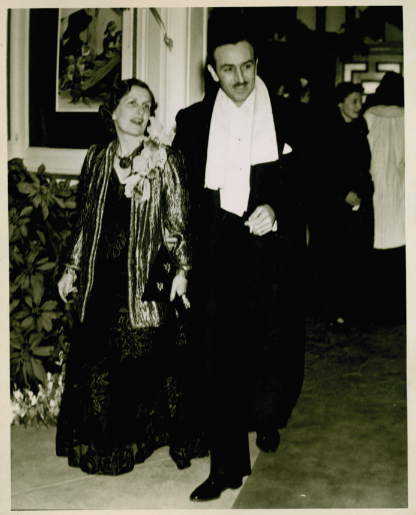
Walt and Lillian Disney attend the premiere of Snow White at the Carthay Circle Theater ©The Walt Disney Family Museum
“Snow White and the Seven Dwarfs” premiered to the world on December 21, 1937, at the Carthay Circle Theater in Los Angeles, California. Between the star-studded debut and the reaction that followed, Walt was once again proven right. Even if the naysayers may have gotten to him a little during production, Walt was happy to show the world that what he and his studio team had accomplished was well worth the journey.
As Walt would recall in later years:
“All the Hollywood brass turned out for my cartoon! That was the thing. And it went way back to when I fist came out here and I went to my first premiere. I’d never seen one in my life. I saw all these Hollywood celebrities comin’ in and I just had a funny feeling. I just hoped that some day they’d be going in to a premiere of a cartoon. Because people would depreciate the cartoon. You know, they’d kind of look down.
I met a guy on the train when I was comin’ out. It was one of those things that kind of made you mad. I was out on the back platform – I was in my pants and coat that didn’t match but I was riding first class. I was making conversation with a guy who asked me, ‘Goin’ to California?’
‘Yeah, I’m goin’ out there.’
‘What business you in?’
I said, ‘The motion picture business.’
Then, all of a sudden, ‘Oh, is that right? Well, I know somebody in the picture business. What do you do?’
I said, ‘I make animated cartoons.’
‘Oh.’
It was like saying, ‘I sweep up the latrines.’
Sometimes people make you mad, and you want to prove something to them even though they mean nothing to you. I thought of that guy on the back platform when we had the premiere of Snow White. And the darn thing went out and grossed eight million dollars around the world.”
The words “this was just the beginning” seem almost cliché considering the achievements of The Walt Disney Company up to this point, but the words carry a truth. At this point in the 14-year history of the company, animation was just the beginning. Mickey Mouse was just the beginning. Technicolor was just the beginning. A full-length animated feature was just the beginning. If the world was finally learning one thing about Walt Disney, it was this:
He would never rest on his laurels. He would always seek out new paths and innovations. He would keep moving forward, critics be damned. Everything to him would be just the beginning.
1937
- Donna Duck (Bearing a striking resemblance to a duck later named Daisy) makes her debut in in the Donald Duck short, "Don Donald."
- Silly Symphony "The Country Cousin" receives the academy award for best animated short subject for 1936.
- Silly Symphony "The Old Mill" debuts, the first to showcase use of the multiplane camera.
- "Snow White and the Seven Dwarfs" debuts at the Carthay Circle Theater in Los Angeles, California.
1937 Full-length Releases:
Snow White and the Seven Dwarfs - December 21
1937 Animated Short Releases:
Silly Symphonies - Three Blind Mouseketeers - January 28
Mickey Mouse - Mickey's Elephant - February 19
Mickey Mouse - Don Donald - February 26
Silly Symphonies - Mother Pluto - March 6
Silly Symphonies - Woodland Café - March 15
Silly Symphonies - More Kittens - March 27
Mickey Mouse - The Worm Turns - April 17
Silly Symphonies - Little Hiawatha - May 11
Mickey Mouse - Mickey's Amateurs - June 4
Mickey Mouse - Magician Mickey - June 17
Mickey Mouse - Modern Inventions - June 17
Mickey Mouse - Moose Hunters - August 5
Mickey Mouse - Hawaiian Holiday - September 24
Mickey Mouse - Clock Cleaners - October 15
Silly Symphonies - The Old Mill - November 5
Pluto the Pup - Pluto's Quin-puplets - November 26
Donald Duck - Donald's Ostrich - December 10
Mickey Mouse - Lonesome Ghosts - December 24
*"The Walt Disney Company: 100 Years in 100 Weeks" is a project conceived by Craig D. Barton and presented by Communerdy. It is in no way affiliated with The Walt Disney Company, and any opinions presented within its content are that of the author(s). For more updates, follow us on https://www.instagram.com/disney100in100/ .



